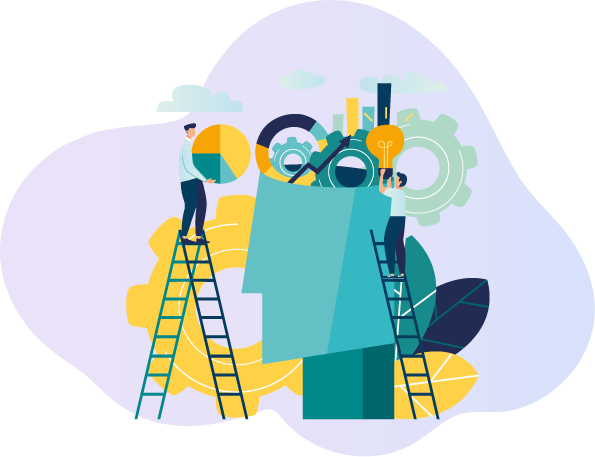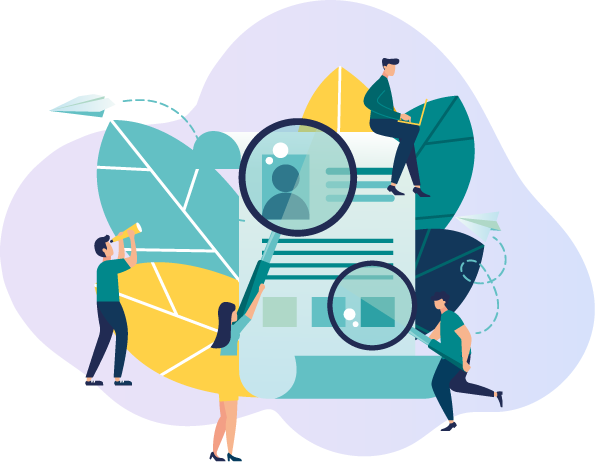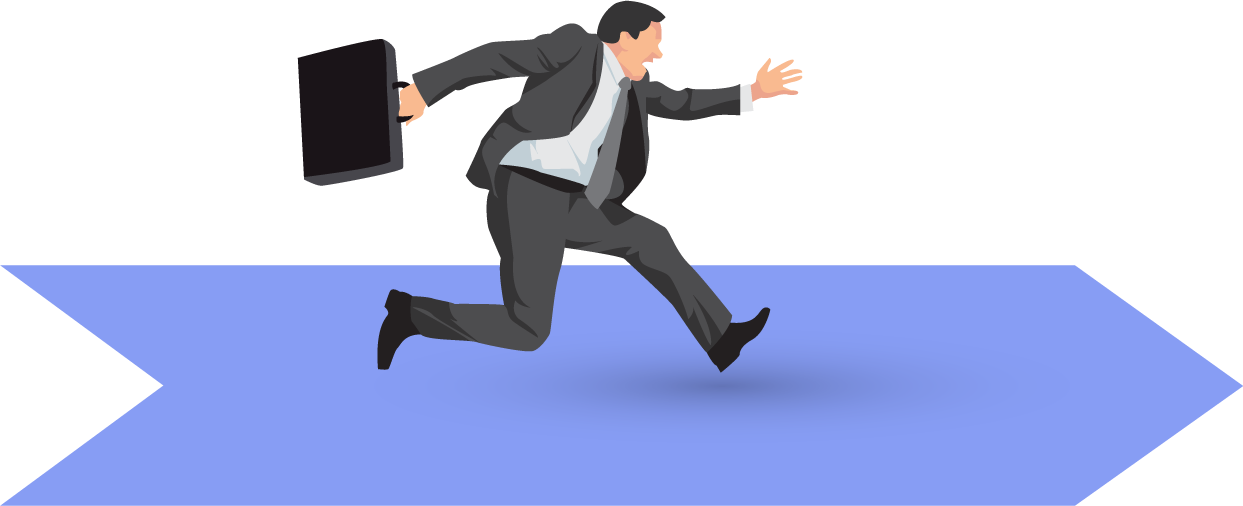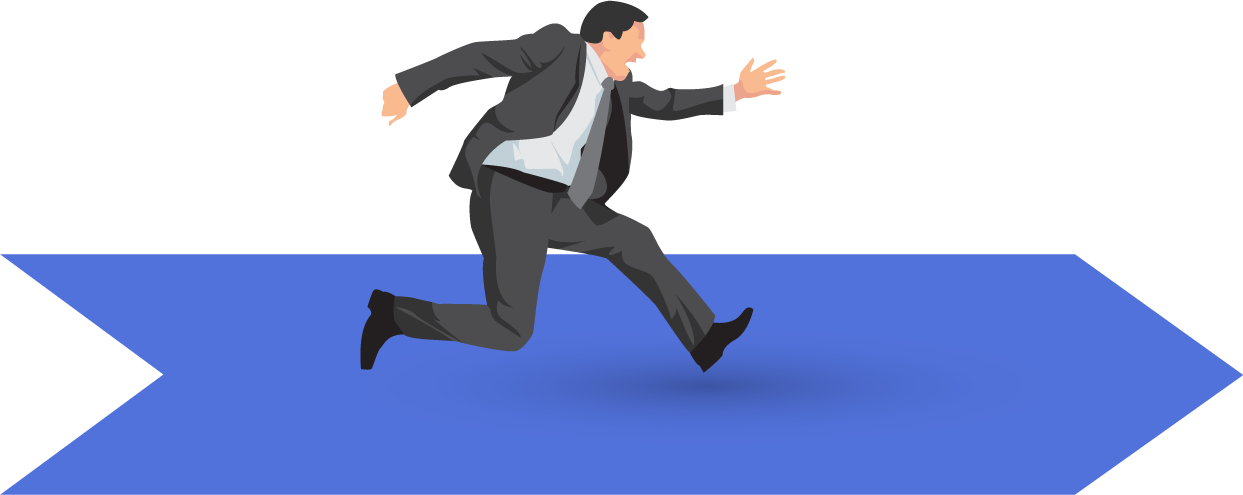Who's an Aerospace Engineer?
Ever wondered what makes an aircraft take-off and soar the skies? Or how we managed to make our way to outer space? You’re probably thinking of pilots and astronauts, but there’s a hidden hero you need to credit for this amazing possibility – the aerospace engineer! They are the reason we are able to perform these amazing feats.
Aerospace engineers design and build machines like aeroplanes, helicopters, rockets, missiles and satellites to help us explore the skies. They work with some of the best, most cutting-edge technology. Sounds like the perfect career? Get to know it better in the upcoming sections!
What will you do?
Discover your Ideal future
Get expert guidance and mentorship towards your perfect fit.
Where will you work?
How do you get there?
What skills would you need?
How do you make it to the top ranks?
Intern
As an intern, you would perform simple routine tasks under the close supervision of your seniors. You will learn how to record data, operate and use test equipment and design software. You will work with various departments such as research, design, development, testing, marketing and manufacturing.
Junior Aerospace Engineer
At this level, you will learn to develop new technologies to be used in aviation, defence systems and spacecraft. You will work under the guidance of seniors and specialise in designing different types of aerospace products.
Senior Aerospace Engineer
You will evaluate a junior aerospace engineer’s work and determine if the design complies with engineering principles, customer requirements and environmental regulations. You would also take on the responsibility of ensuring that each project meets the required quality standards and timelines. You will also research and develop design specifications.
Manager
You would lead a team of engineers and oversee their work. You would also take part in flight-testing programmes to measure takeoff distance, rate of climb, stall speed and more. You will supervise the assembly of airframes and installation of engines, instruments and other equipment. Your juniors will look up to you, so mentoring them will also be your responsibility.
Chief Aerospace Engineer
You will come up with strategic and tactical initiatives while ensuring that your teams properly understand the regulatory and commercial requirements. You will also curate technology and product roadmaps related to fuel distribution and aerial refuelling products. You will head testing, design, evaluation, installation and operations.
Thinking of a career as an Aerospace Engineer? Take the Mentoria assessment test & talk to our career counsellors to get personalized step-by-step guidance for your future career path.
Pursuing your career locally VS abroad
If you study aerospace engineering in India, you will gain a better understanding of the market and slowly build a network to secure a job. There is a good demand for aerospace engineers in India’s top airline companies.
Aerospace engineering is a four-year undergraduate programme you can pursue from universities such as Amity University, Bhagwant University, Sandip University, IIT Kharagpur, IIT Madras and others. The average fee for this course can be anywhere between INR 50,000 to 8,00,000.
While a bachelor’s degree in aerospace engineering is enough to land you a job, you can always excel in the field by opting for a postgraduate degree or PhD.
It is difficult to find a job as an aerospace engineer abroad with an Indian degree. However, graduating from an aerospace engineering course outside the country will improve your chances of landing a job abroad. You could also study a Masters or Ph D in aerospace engineering abroad to improve your job prospects. While pursuing your masters, build a good network and look for a suitable job to manage your finances.
Studying aerospace engineering abroad would help you gain the skills and knowledge required to establish a strong foot in the field. It will develop your creativity and eye for detail along with your project management and design skills. By the end of your course, you will have a lot of practical and theoretical knowledge. Pursuing aerospace engineering abroad would cost an average fee of INR 20,00,000 to 60,00,000, depending on the university and country you choose. The US has some great courses in aerospace engineering. You can pursue aerospace engineering from the Imperial College of London, Princeton University USA, Harvard University and others.
How much would you get paid?
The exact amount will depend on where you work, your qualifications, and the organisation you work for. However, we can give you a fair idea of how much you could earn as an aerospace engineer.
What are your career options?
Discover your Ideal future
Get expert guidance and mentorship towards your perfect fit.










